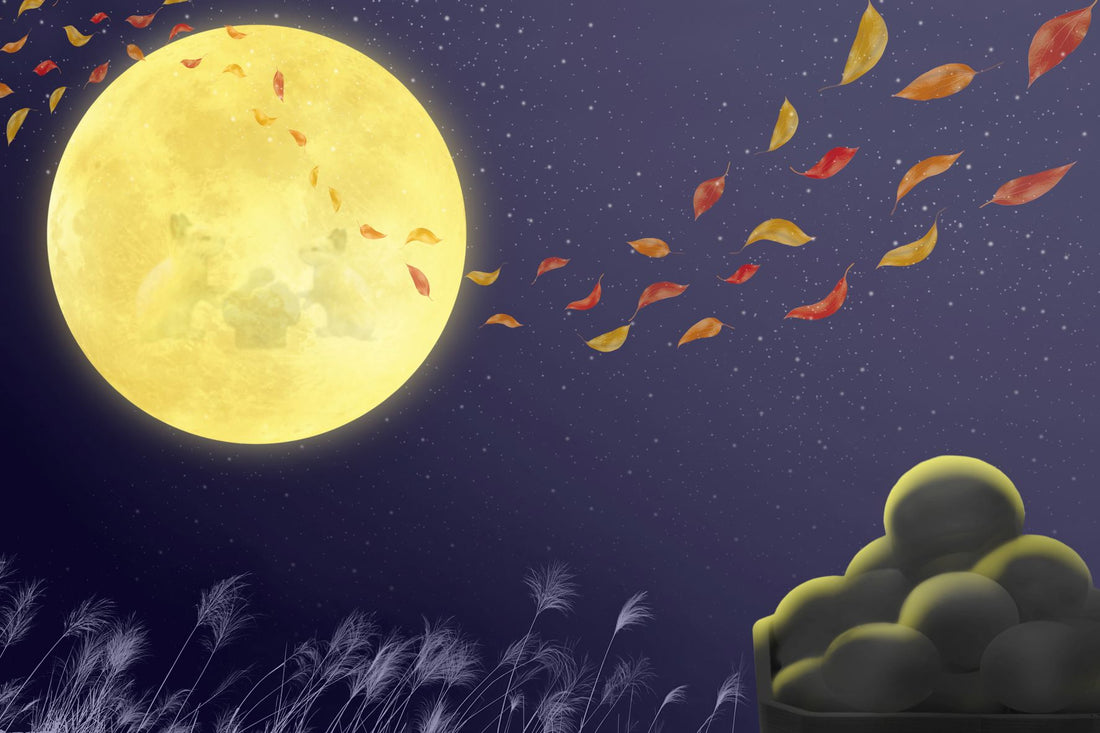Japanese people like the moonlight while watching the Jugoya festival. The "Jugoya", the night with a full moon, is a kind of the moonlight watching. It’s a common name of the harvest moon. We call that festival "Jugoya" or "Tsukimi". Autumn moon viewing Jugoya, or tsukimi, has long been a popular pastime in Japan. Traditionally it was a way of expressing gratitude for a good harvest and hopes for similar bounty in the future. In modern days, people enjoying eating Tsukimi-dango or drinking Tsukimi-sake.

"Tsukimi-dango"
These round rice dumplings represent the full moon. The shape is also considered to be auspicious and eating tsukimi-dango is said to bring health and happiness. One tradition is to display 15 dumplings to match the fifteenth night, while another calls for 12 dango, one for each of the months. Also, during this season in Japan, there are many sweets and fast food delicacies related to the moon or the jugoya ceremony on sale. The "Tsukimi Moon Burger" is the most classic. It is a hamburger with a large egg representing the moon inside the burger. It is a seasonal menu only available during this time, so it is worth a try!
In Japan, instead of the Man in the Moon, the moon is said to present the image of a rabbit pounding mochi rice cakes with a mallet. According to one theory, this is based on a Buddhist tale that later became well known in Japan. Another theory is that it is a play on the word mochizuki, meaning “full moon,” which also sounds like the word for pounding mochi.
Why not enjoy a jugoya festival in Japan?

